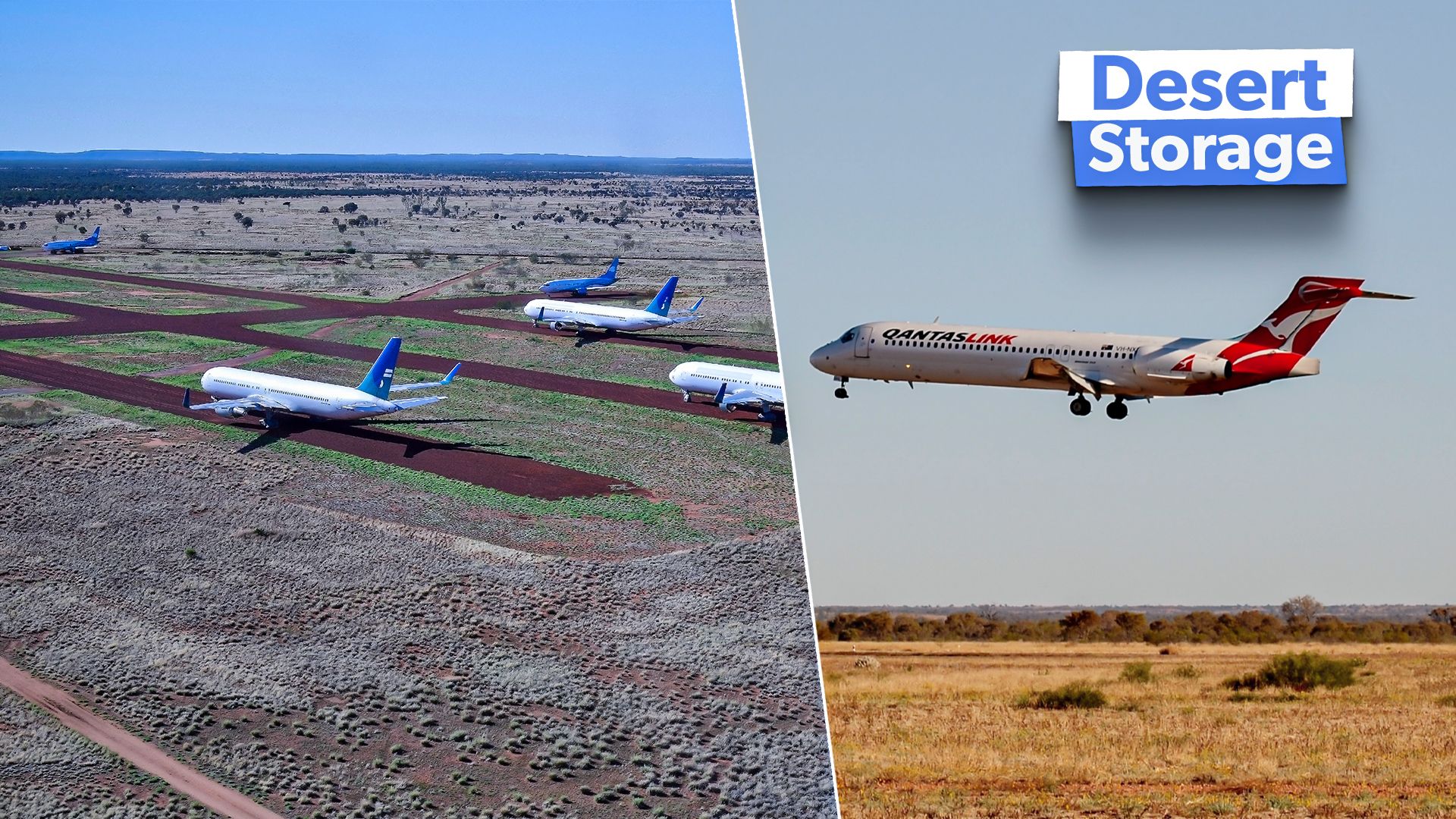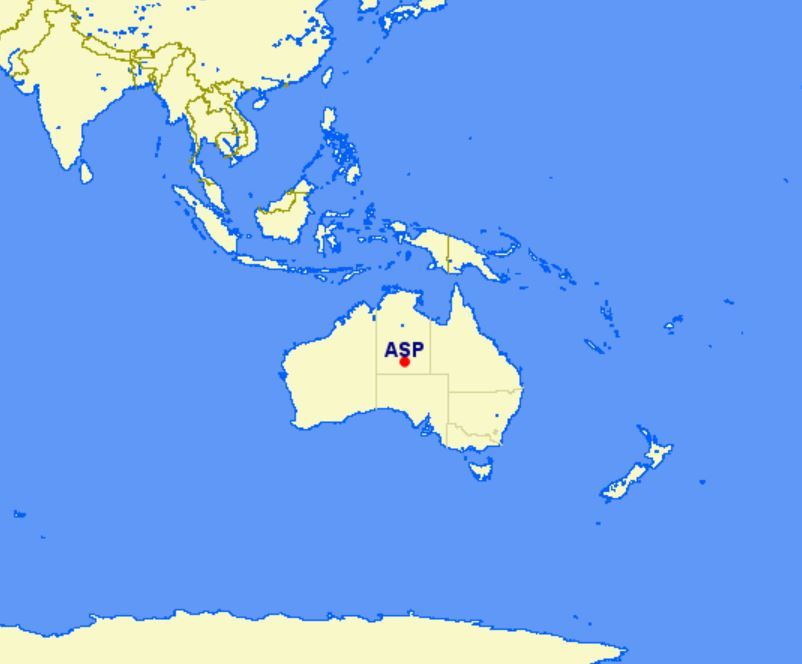Summary
- Alice Springs is home to an aircraft boneyard outside the U.S., specializing in storing and preserving commercial planes.
- The airport can accommodate large aircraft like the A380 and B777, while also being used for research balloon launchings.
- The Asia-Pacific Aircraft Storage facility in Alice Springs offers storage, maintenance, parting, and end-of-life decommissioning services for aircraft.
In the heart of the Australian outback is Alice Springs, a regional town in the Northern Territory. With a population of around 25,000, it represents just 10% of the territory’s overall population and is equidistant between the Australian cities of Adelaide and Darwin.
Located in the heart of Australia
Alice Springs Airport (ASP), a regional airport located 8.1 miles (13 kilometers) south of the town center, serves the region. Several airlines serve the airport to domestic destinations. It is also the base of the first large-scale aircraft boneyard to be located outside of the United States. Asia-Pacific Aircraft Storage operates it.
Source: GCMap
The airport’s location was chosen due to its dry, arid climate, which is best for aircraft storage and preservation. It is also designated as an aircraft boneyard, where decommissioned planes can be parked and stripped for parts for other aircraft, including engines, electronics, and wiring.
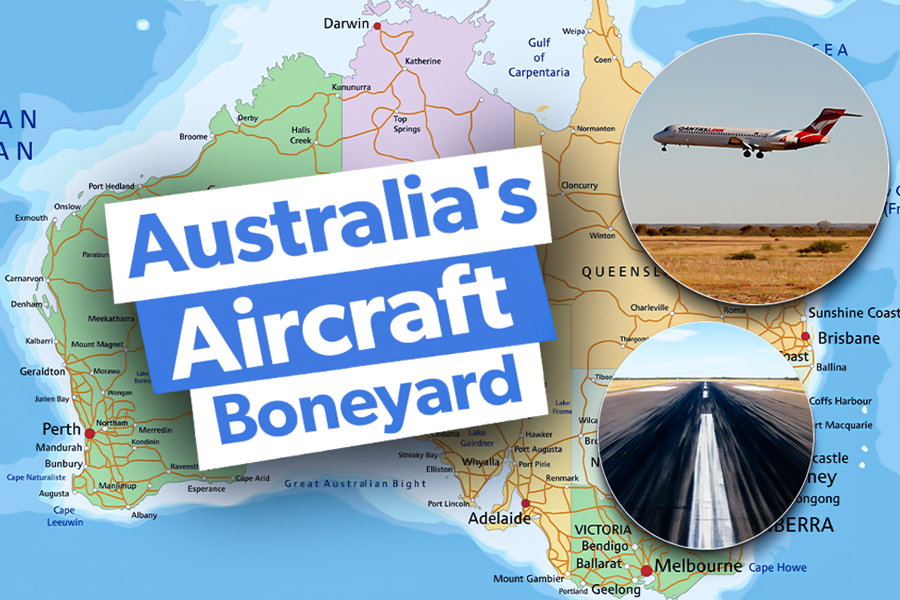
Related
Everything You Need To Know About Australia’s Aircraft Boneyard In Alice Springs
In 2014, Alice Springs became home to the largest aircraft boneyard outside of the United States.
Alice Springs Airport is home to two runways that are able to accommodate the largest of current commercial aircraft, including the Boeing 747. 777 and
Airbus A380
, which can be used for domestic and, on occasion, international charter flights. The airport is not subject to curfew and can operate unrestricted 24 hours a day. Here are five interesting facts about Alice Springs and the Asia-Pacific Aircraft Storage facility:
1
Alice Springs Airport
IATA code: ASP
Alice Springs is the third largest settlement in the Northern Territory after
Darwin
and Palmerston. Its name was gifted by a surveyor, William Whitfield, after Alice, Lady Toddy, wife of a telegraph pioneer. The town is located in the geographic center of
Australia
. The area’s original inhabitants are the Arrente, who lived in the Central Australian desert for tens of thousands of years. The area is known as Mparntwe by its original inhabitants.
Its airport, located south of the town center, recorded 4,967 total aircraft movements in 2023, according to the Australian Government Bureau of Infrastructure and Transport Research Economics. More details can be found below:
|
2023 Flight operations |
Figure |
|---|---|
|
Inbound |
2,485 |
|
Outbound |
2,482 |
|
Total |
4,967 |
Darwin International Airport currently hosts the only scheduled international services to the Northern Territory; check out how you could fly there below:
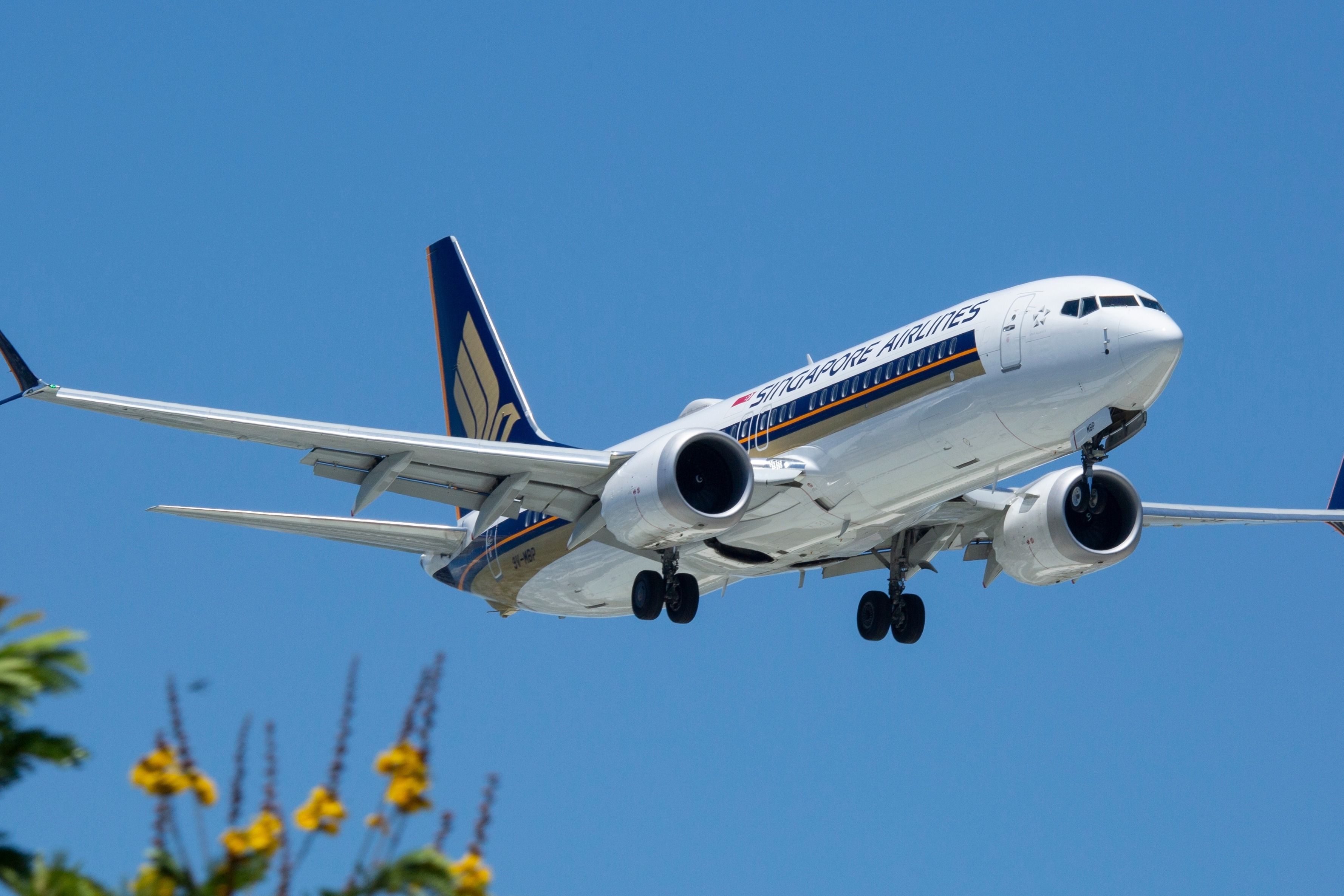
Related
Direct To Darwin: International Carriers Serving the Northern Territory
Bali, Dili, and Singapore are it’s three international destinations.
2
Current operators
QF, QQ, TL, VA
The local airport maintains domestic services to several major Australian centers operated by Airnorth, Alliance, Qantas, and Virgin Australia. Destinations include:
-
Airnorth
- Services to Darwin, Katherine, Perth, Tennant Creek
-
Alliance Airlines
- Charter to Brisbane, The Granites
-
Qantas
- Services to Melbourne, Sydney
-
QantasLink
- Additional services to Adelaide, Brisbane, Darwin
-
virgin australia
- Services to Adelaide, Brisbane
Some tourists use Alice Springs as a gateway to Ayres Rock (Uluru) despite the five-hour drive to the iconic landmark. Uluru does, however, have its own airport frequented by most major Australian airlines.

Related
Getting To The Outback: A Look At Ayers Rock Airport
A trip to Australia’s red center is easier than you think.
3
Two runways
Accommodating the Airbus A380, Boeing 747 and 777
|
12/30 |
7,999 feet |
2,438 metres |
Asphalt |
|---|---|---|---|
|
17/35 |
3,717 feet |
1,133 metres |
Asphalt |
With two runways, the airport can accommodate the largest passenger aircraft. However, due to the hot temperatures and runway length, these cannot take off fully laden. However, this hasn’t stopped some of the world’s largest airlines from storing their aircraft here. Arid temperatures also mean the airport is used as a launchpad for stratospheric research balloons. When balloons are being launched, this is the only time the airport is closed for arriving or departing traffic.
4
Asia-Pacific Aircraft Storage
Commenced operations in June 2014
APAS (Asia-Pacific Aircraft Storage Ltd) chose Alice Springs as its first large-scale boneyard in May 2011 due to its dry, arid climate. Operations officially commenced in June 2014, and this year, it celebrated a decade in business. While the airport’s location is perfect for storing commercial aircraft, it is also the base of decommissioning aircraft in the region, where planes can be stripped of parts for recycling.
As noted by APAS, the company focuses on these four key services at Alice Springs:
- Storage: providing convenient storage in the region, with rapid reintroduction and redeployment opportunities
- Maintenance: with tailed aircraft storage maintenance programs that meet OEM requirements.
- Parts out: selective parting options or full aircraft decommissioning
- End of Life: where decommissioning services can fully dispose of residual aircraft components, including environmental and waste concerns.
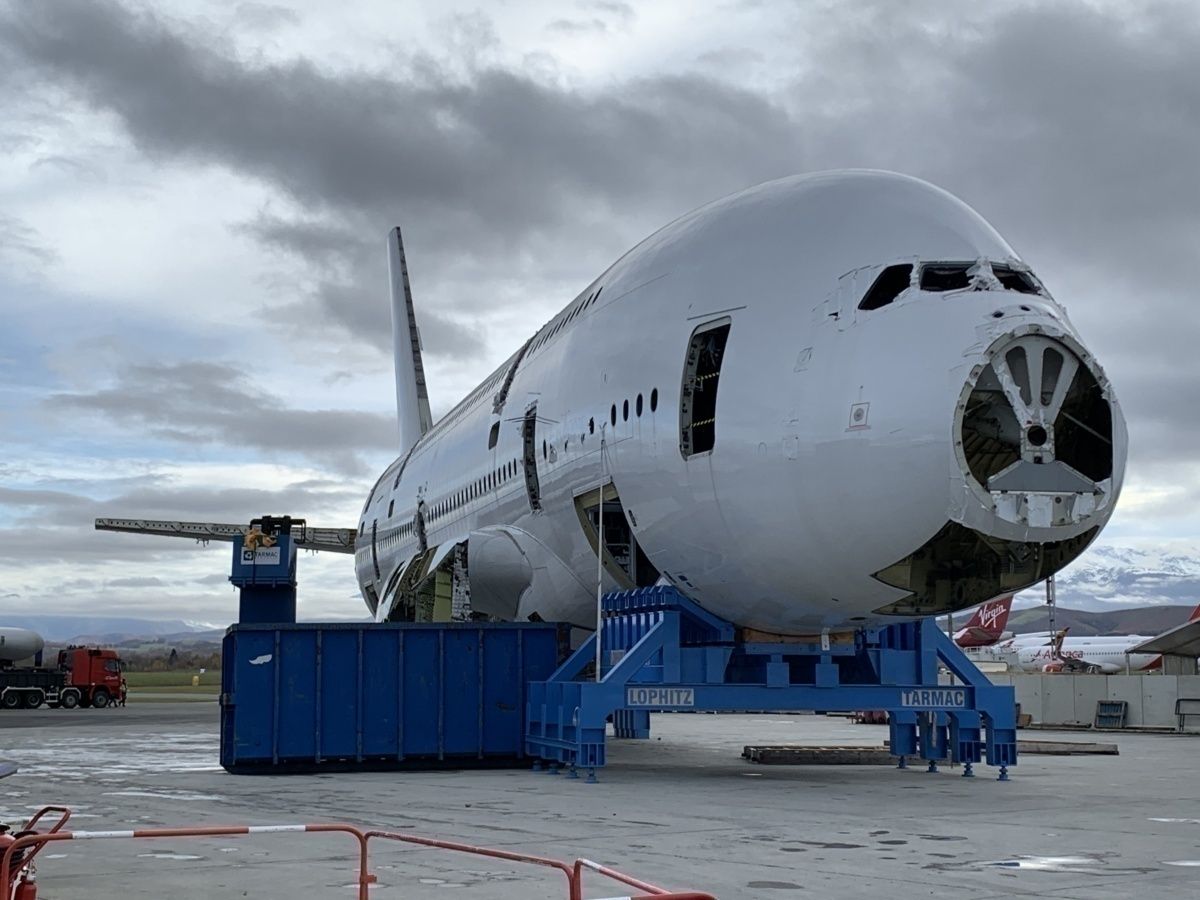
Related
A380s In The Boneyard: How Many Superjumbos Have Been Scrapped?
5
Expanding capacity
From 100 to 200 aircraft
Following the COVID-19 pandemic, many international airlines ground most of their fleet. Various international carriers chose Alice Springs to store excess aircraft. During this time, these are just a few airlines that were a common sight at ASP:
In September 2020, APAS announced that ASP was close to its current capacity and it would look to start storing aircraft at Toowoomba Wellcamp Airport, two hours inland from Brisbane, Queensland.
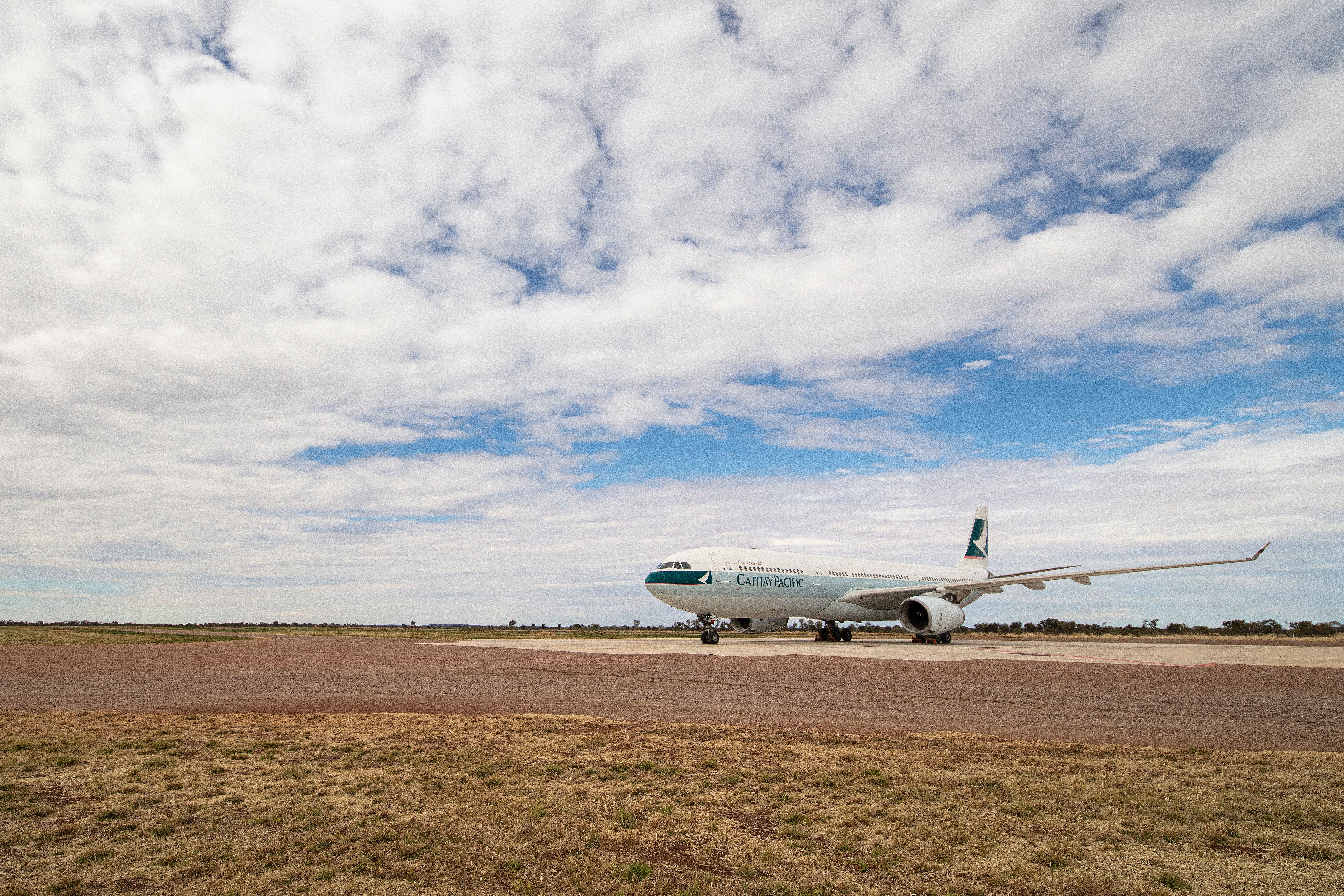
Related
Cathay Pacific Ends Parking Airbus A330s In Australian Desert
It has been a long road, but after four years Cathay Pacific today reactivated its last aircraft stored in the Red Centre of Australia.

